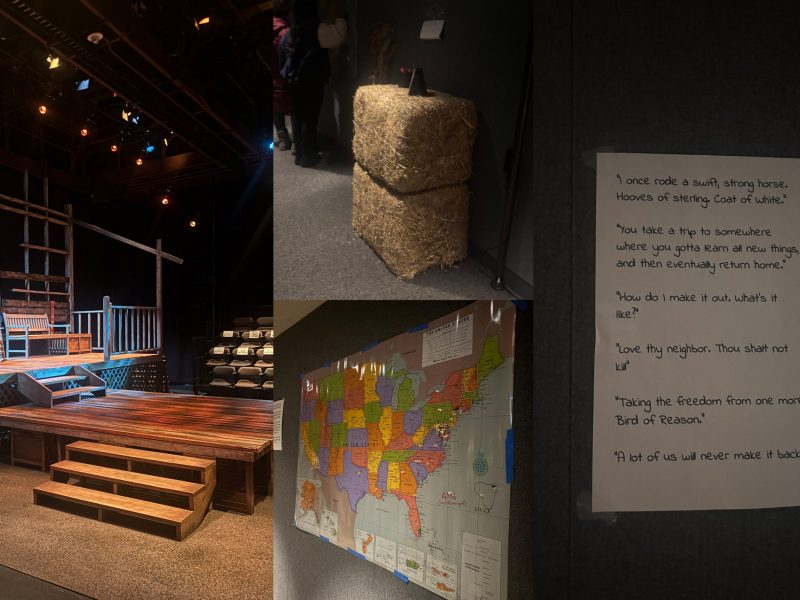By Ross O’Keefe
For The Diamondback
Every semester, students at the University of Maryland shell out hundreds of dollars for required textbooks for their classes. And when some look inside the front cover, they find the same name as the one that appears on their syllabus: their professor.
Alex Counts, a lecturer at this university’s public policy school, is one instructor who uses his own book.
Changing the World Without Losing Your Mind is about Counts’ experiences as a nonprofit leader and founder.
Counts says he wrote the book as a memoir of his work experiences, never intending for it to be a textbook. But now, Counts says he believes the written recap of his professional life is a good and affordable way to teach students about nonprofits.
Before he could use it to teach, the chair of his department had to approve the book according to the university’s teaching policies. It now sells for five dollars on Amazon in the Kindle format.
[The story of Prince George’s County’s name — and why some take issue with its abbreviation]
In accordance with university policy, which says royalties from self-authored materials may be sent to a third party, Counts said he donates royalties collected from the book to the university.
“If you follow the rules, there’s no financial benefit from assigning a book that you’ve written,” Counts said. “I write that check every December, and I’ll be writing it again this December.”
Counts said he was told his strength as an instructor was his personal experience, so using the book fits. And given that Counts hadn’t written the book for the course specifically — and that it’s a memoir — the book seemed appropriate.
Kenneth Isman, a professor in the fire protection engineering department at this university, said he never intended to write a book for his courses either, but considered his field underserved by textbooks.
“I never wanted to be an author,” Isman said. “But it just needed to be done, so I did it.”
Isman said the book’s publisher paid him a flat fee when he originally wrote it, but he doesn’t make “any additional income from that publisher” or from the sale of the book.
Isman’s book is considerably more expensive than Counts’, normally selling for $190, but students can get a discount that brings it down to $95, Isman said. But Isman says it offers value beyond the class, and many students will be able to use it in their professional careers.
“I think it’s incredibly helpful to the students to have a book that’s organized in the same way as I think,” Isman said. “It helps the class flow to go pretty well when a book is organized in the same way that I present information.”
[Election Day is coming, and some UMD students are ready to vote for the first time]
Mahdi Tlemsani, a senior fire protection engineering major, is a student in Isman’s class, and while he agreed the book was of good value for students, he didn’t think it should be necessary if there are other textbook choices available.
“In general, if a professor forced us to use his textbook when there were other options, yeah, I think I could be concerned,” Tlemsani said.
Other students, such as Meg Lanthier, a senior biology major, don’t necessarily see a problem with professors writing their own textbooks.
Lanthier, a former student of Counts’, said she would take issue if the textbook was in an area that was heavily saturated with work already or was of minimal additional value.
“If the textbook were something that was like, extremely pricey and it was just the main source of information … that would be something that would bother me for sure,” Lanthier said.
In the end, just as professors may have different reasons to write their own textbooks, students’ opinions on the practice is up to their own well-read judgement.



